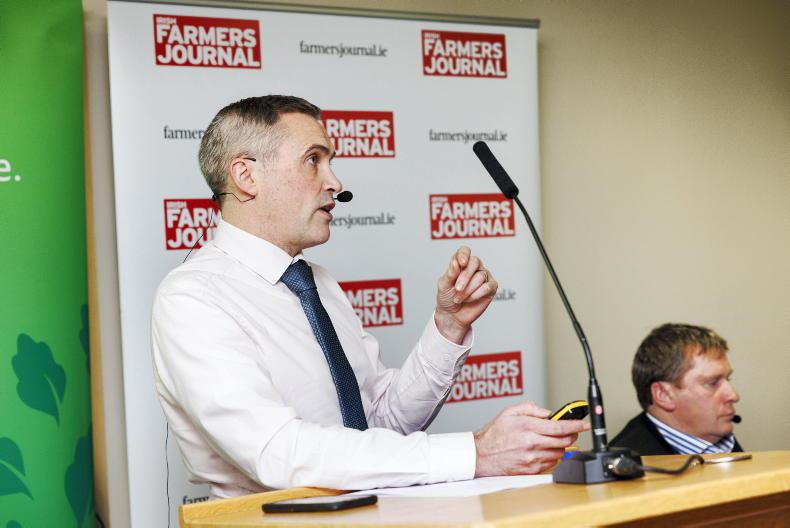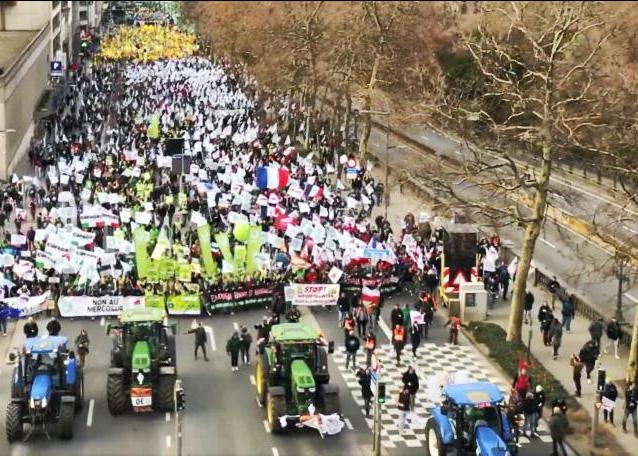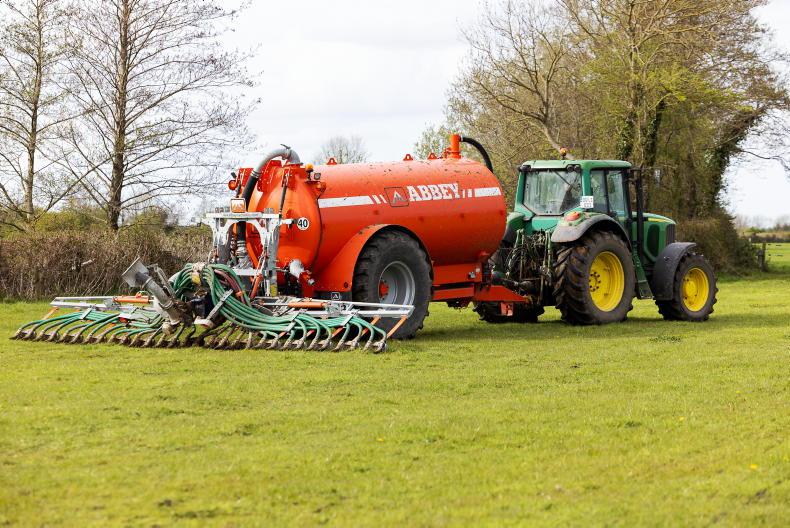Over 200 farmers packed into the meeting room at Corrin Mart, just outside Fermoy in Co Cork, last Monday night for a nitrates information meeting organised by the Irish Farmers Journal.
The crowd heard - many for the first time - about the full implications of the changes which were agreed by the Irish Government and the European Commission earlier this year.
While banding has been hitting the headlines and many farmers are still unsure about how it might affect them, the meeting was told that the bigger issue is the reduction in the organic nitrogen limit from 250kg to 220kg/ha.
Of course, when banding and the reduction are both considered together, the impact is even greater. It’s difficult to explain to anyone not familiar with the system what is actually happening.
Directive
In effect, every animal excretes nitrogen in their faeces and urine. Technically, this nitrogen is not produced by animals, because animals don’t produce nitrogen, they just recycle what nitrogen they consume in feed.
There is a table within the nitrates directive that sets out how much nitrogen every farm animal excretes.
For 2023, dairy cows are being assigned one of three excretion rates based on their historic milk production. That is banding and about 80% of herds in Ireland will see their actual organic nitrogen excretion rates increase under banding.
The nitrates directive states that all farms must be capped at the amount of 170kg organic nitrogen per hectare unless an individual farm has a derogation to exceed that amount and go up to 250kg organic notrogen/ha.
If water quality between 2022 and 2021 doesn’t improve or in areas that are polluted or at risk of pollution, the upper limit in the derogation will be reduced
So if the figure per cow increases, it means that more herds will be closer to hitting this 170kg and 250kg limit.
What the Government signed into law this year is that if water quality between 2022 and 2021 doesn’t improve or in areas that are polluted or at risk of pollution, the upper limit in the derogation will be reduced from 250kg to 220kg/ha of organic nitrogen.
It’s important to remember that this relates to stocking rates, not how much chemical nitrogen can be applied.
Implications
Irish Farmers' Association (IFA) senior economist Tadhg Buckley went through the implications of these changes on Irish agriculture.
He said that about half of the current number of farmers that are in derogation will be affected and will need more land or less cows.
The impact on land rental market will be severe, as an additional 28,000 hectares of land would be required to comply.
Cork dairy farmer Kevin Twomey said that his discussion group carried out an analysis of the impacts and said that, on average, each member would need to increase land area by 13% just to carry the same number of cows or reduce cow numbers by 13% if land area is to stay the same.
Farmers from the floor said most dairy farmers will seek to get extra land and the cautioned the impact of this on other sectors, with the tillage sector in Cork said to be most at risk.








SHARING OPTIONS